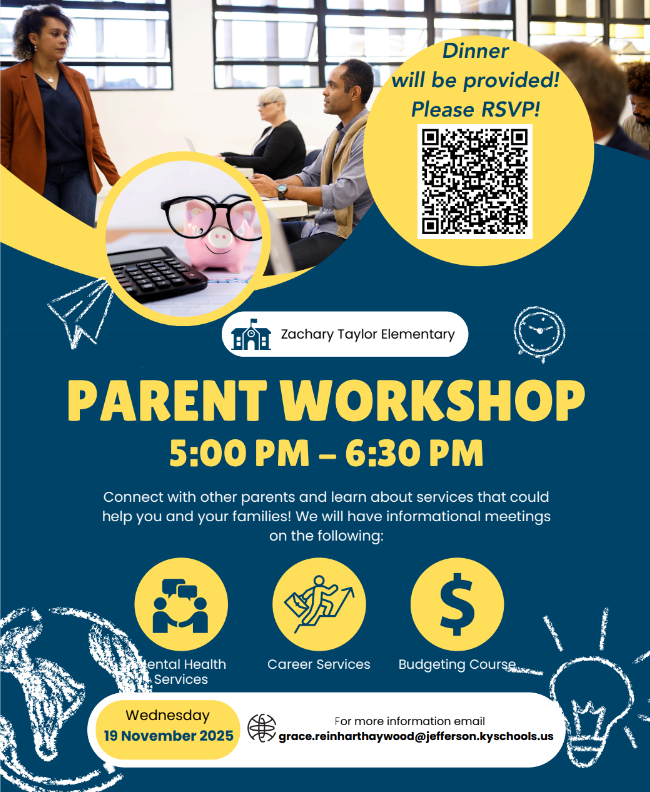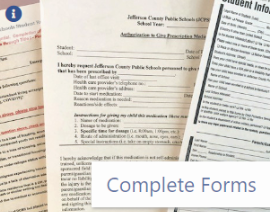Cyberbullying
Cyberbullying is the use of technology to harass, threaten, or humiliate others, and can include actions like posting rumors, sharing embarrassing photos, or creating fake accounts. It can have serious emotional and physical consequences for the victim, leading to social isolation, anxiety, and in some cases, suicide. Legally, depending on the severity, it can result in criminal charges too.
Often in elementary school, we think our kids are too young to have to experience this type of bullying, but they are not. That is why it is important for parents to know the signs of cyberbullying in children. This typically happens outside of the school setting, but the effects can be brought into school. Please read the list of signs to look for and strategies to prevent it.
The most common places where cyberbullying occurs are:
Social Media, such as Facebook, Instagram, Snapchat, and Tik Tok
Text messaging and messaging apps on mobile or tablet devices
Instant messaging, direct messaging, and online chatting over the internet
Online forums, chat rooms, and message boards, such as Reddit
Email
Online gaming communities
Many of the warning signs that cyberbullying is occurring happen around a child’s use of their device. Some of the warning signs that a child may be involved in cyberbullying are:
Noticeable increases or decreases in device use, including texting.
A child exhibits emotional responses (laughter, anger, upset) to what is happening on their device.
A child hides their screen or device when others are near, and avoids discussion about what they are doing on their device.
Social media accounts are shut down or new ones appear.
A child starts to avoid social situations, even those that were enjoyed in the past.
A child becomes withdrawn or depressed, or loses interest in people and activities.
What To Do: If you notice warning signs that a child may be involved in cyberbullying, take steps to investigate that child’s digital behavior. Cyberbullying is a form of bullying, and adults should take the same approach to address it: support the child being bullied, address the bullying behavior of a participant, and show children that cyberbullying is taken seriously. Because cyberbullying happens online, responding to it requires different approaches. If you think that a child is involved in cyberbullying, there are several things you can do:
Notice – Recognize if there has been a change in mood or behavior and explore what the cause might be. Try to determine if these changes happen around a child’s use of their digital devices.
Talk – Ask questions to learn what is happening, how it started, and who is involved.
Document – Keep a record of what is happening and where. Take screenshots of harmful posts or content if possible. Most laws and policies note that bullying is a repeated behavior, so records help to document it.
Report – Most social media platforms and schools have clear policies and reporting processes. If a classmate is cyberbullying, report it the school. You can also contact app or social media platforms to report offensive content and have it removed. If a child has received physical threats, or if a potential crime or illegal behavior is occurring, report it to the police.
Support – Peers, mentors, and trusted adults can sometimes intervene publicly to positively influence a situation where negative or hurtful content posts about a child. Public Intervention can include posting positive comments about the person targeted with bullying to try to shift the conversation in a positive direction. It can also help to reach out to the child who is bullying and the target of the bullying to express your concern. If possible, try to determine if more professional support is needed for those involved, such as speaking with a guidance counselor or mental health professional.
Below you will see a link to request support from our MHP or Guidance Counselor for your child. This includes when your child has been involved cyberbullying.
For further information please visit https://www.stopbullying.gov/cyberbullying/what-is-it
As always, if you need anything, please reach out.
Mrs. Cravens, EdS.
502-485-8336
analese.cravens@jefferson.kyschools.us



















